
China deployed a fleet of autonomous electric mining trucks at the Yimin open-pit coal mine in the Inner Mongolia autonomous region in May, according to Interesting Engineering. The project, led by state-owned energy giant Huaneng Group, includes 100 driverless trucks powered by Huawei's autonomous driving system.
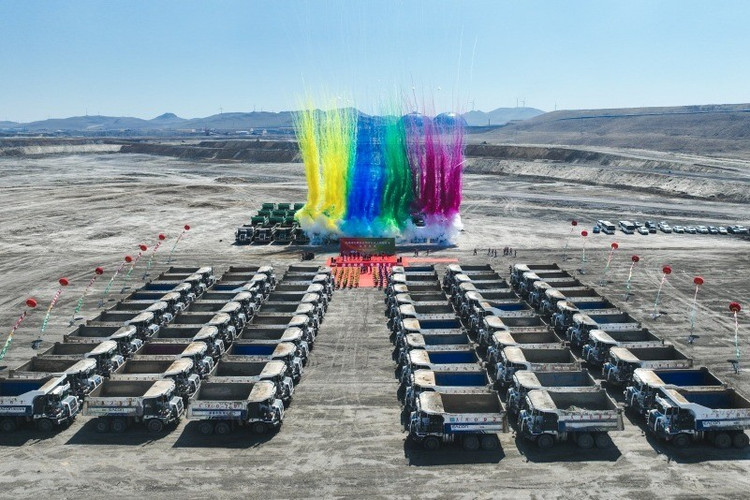
The project includes the “Huaneng Ruichi”, the world’s first self-driving electric truck operating in the coal mining sector, marking a significant leap forward in the field of intelligent mining. According to Huaneng Mengdong, Chairman, this is the world’s largest deployment of unmanned electric mining trucks to date.
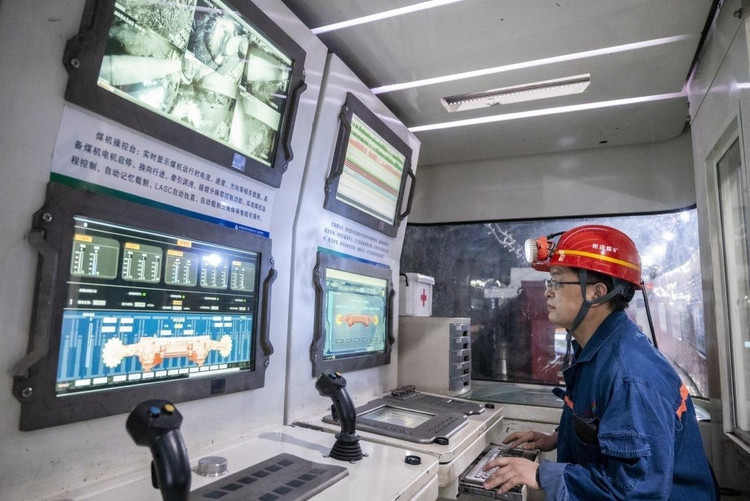
The initiative reflects China's broader trend of digitizing traditional industries, leveraging artificial intelligence (AI), 5G-Advanced (5G-A) and cloud computing.
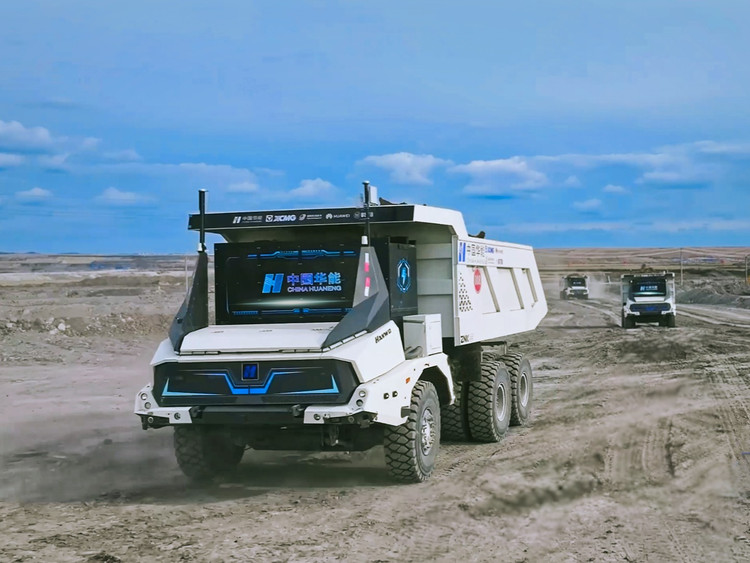
These vehicles are designed to operate in harsh environments. Each vehicle can carry up to 90 tonnes and operate in temperatures as low as -40°C. The fleet operates at 120% higher efficiency than manned vehicles, reducing operating costs and increasing productivity.
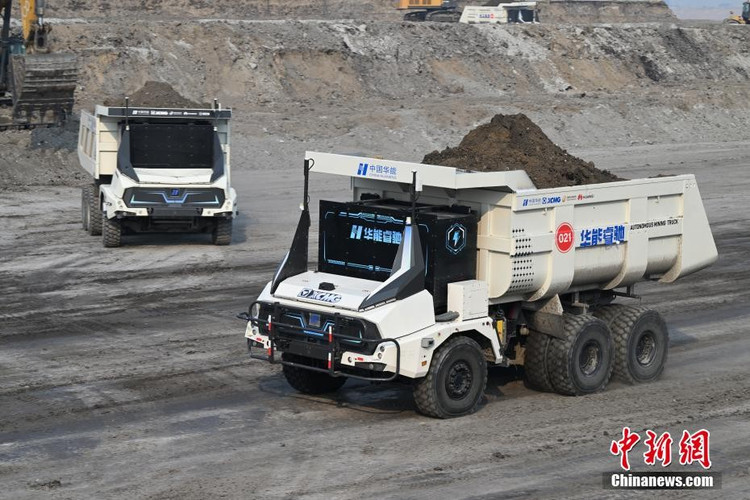
Compared with traditional vehicles, the fleet has helped increase overall transportation efficiency by 20 percent, said Huaneng Mengdong, president. The vehicles are also equipped with smart battery replacement systems, high-precision maps and cloud-based coordination capabilities.
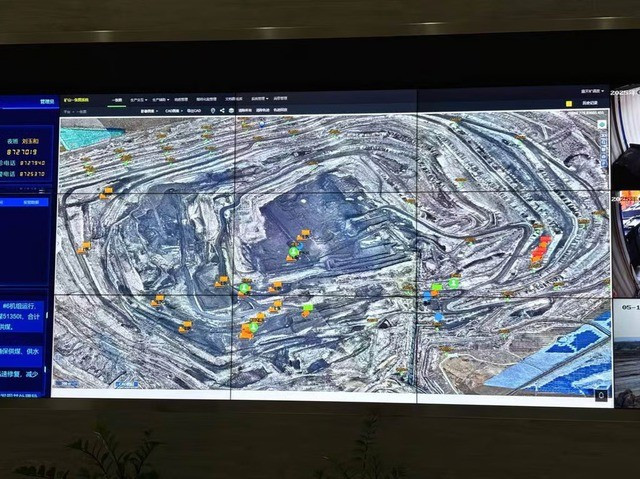
These are China's first autonomous mining vehicles without a cockpit, completely removing human presence from dangerous areas, thereby enhancing safety.
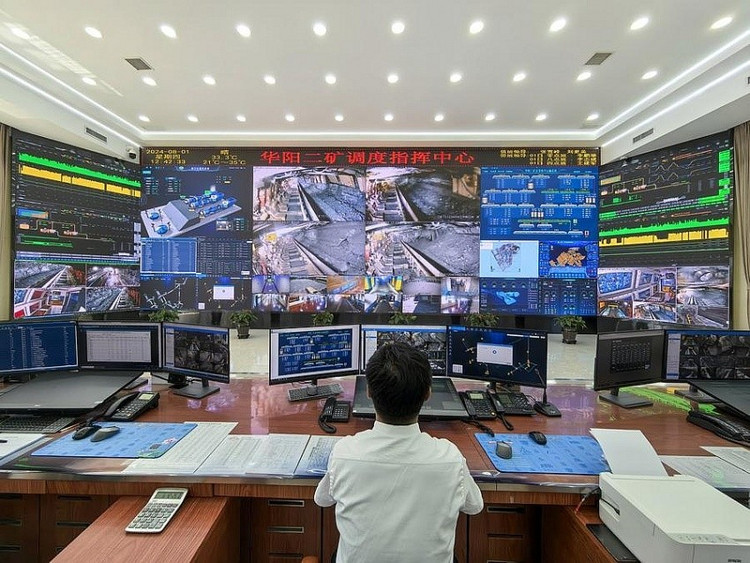
Huawei's Commercial Vehicle Autonomous Driving Cloud Service (CVADCS) system enables real-time tracking and route optimization. It uses crowdsourced maps and helps reduce vehicle downtime.
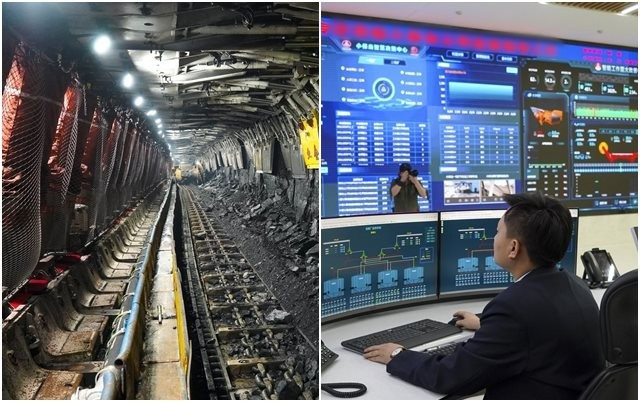
With these improvements, the Yimin Coal Mine has become the starting point for the future of automated mining, marking a major step forward in both labor safety and industrial modernization. The project is a collaboration between Huaneng Group, Xuzhou Construction Machinery Group (XCMG), the University of Science and Technology Beijing, and the Intelligent Internet of Things Company of the State Grid Corporation of China.
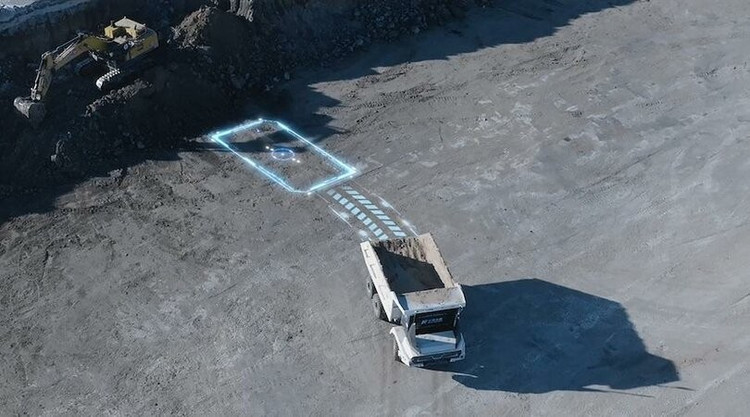
In particular, the 5G-Advanced network deployed at the Yimin mine ensures smooth connection between vehicles and the cloud platform. The network has an upload speed of 500 Mbps and a latency of only 20 milliseconds. This allows the fleet to operate 24/7 and stream high-definition video for monitoring and coordination.

Huawei’s open-pit mining-specific AI algorithms increase sensor accuracy and enable seamless coordination between vehicles via the cloud. These capabilities are designed to support the transition from manual to intelligent operations, with 5G-A technology playing a key role in real-time response and improved operational efficiency.
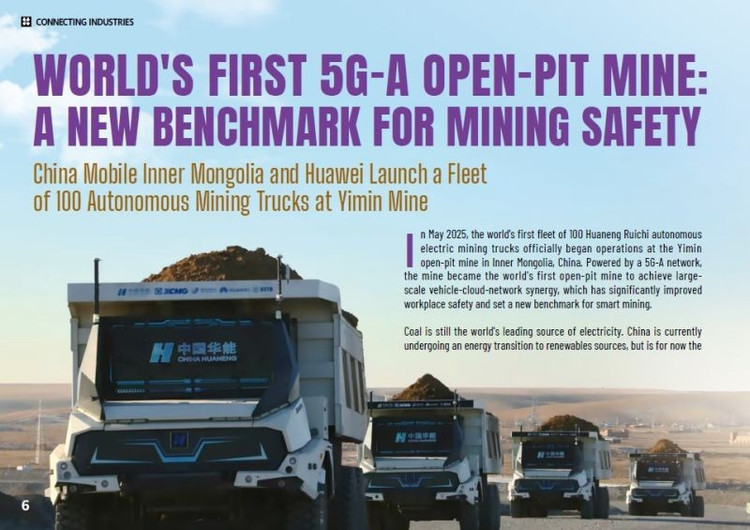
China is replacing fossil fuel trucks with electric vehicles as part of its zero-carbon mining strategy. The Yimin mine is located near wetlands, grasslands and bushland, so the reduction in greenhouse gas emissions has clear environmental benefits.

The project is part of a larger effort to modernize coal production while ensuring national energy security. According to the China National Coal Association, the country will have more than 5,000 autonomous mining vehicles by the end of this year, and that number is expected to reach 10,000 by 2026. The plan at the Yimin mine is to expand the fleet to 300 within three years. Huawei and its partners aim to replicate this model in international markets, including Africa and Latin America.
Source: https://khoahocdoisong.vn/lo-dien-xe-tai-dien-tu-lai-am-tham-khai-khoang-247-tai-trung-quoc-post2149043975.html










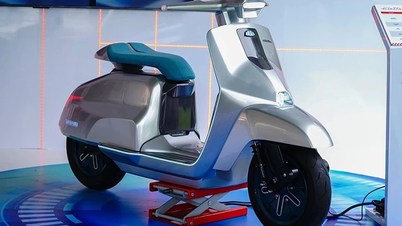






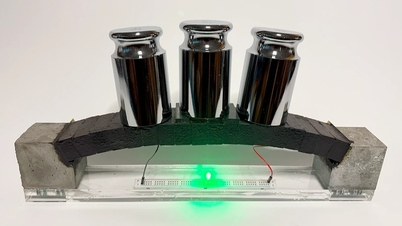




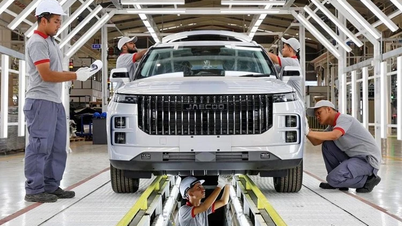








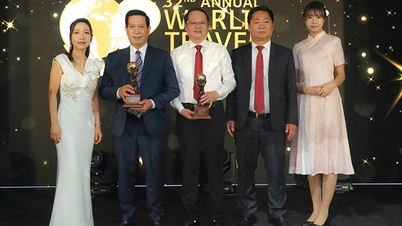

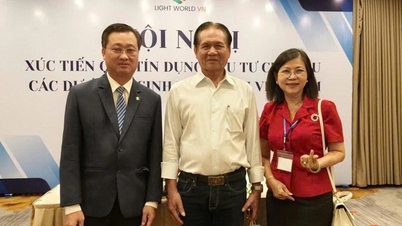






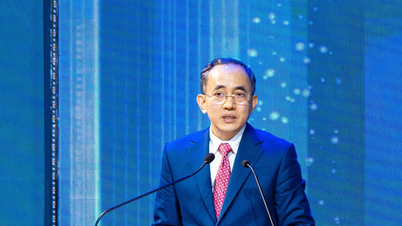

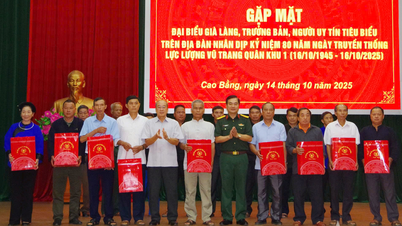










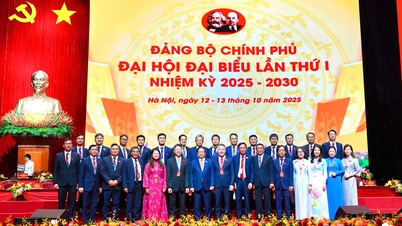
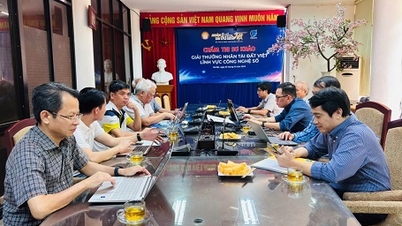














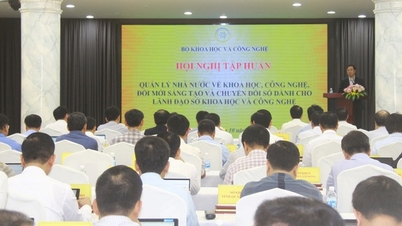





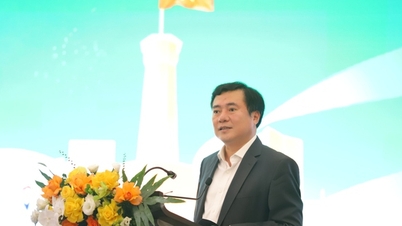







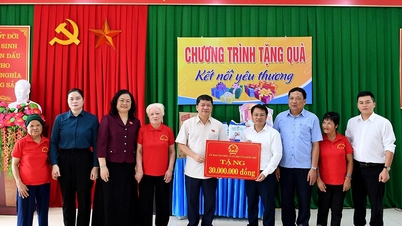

















Comment (0)